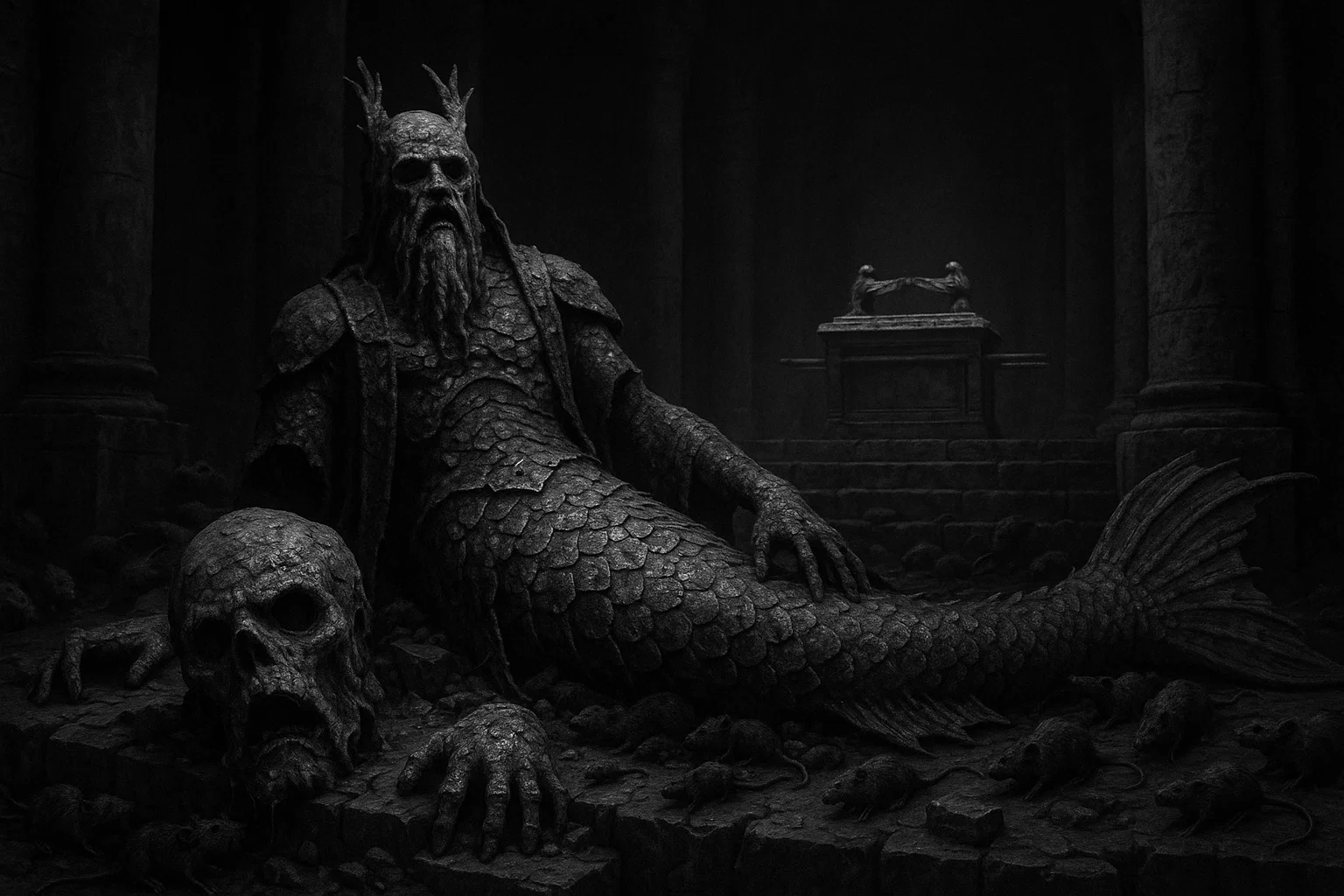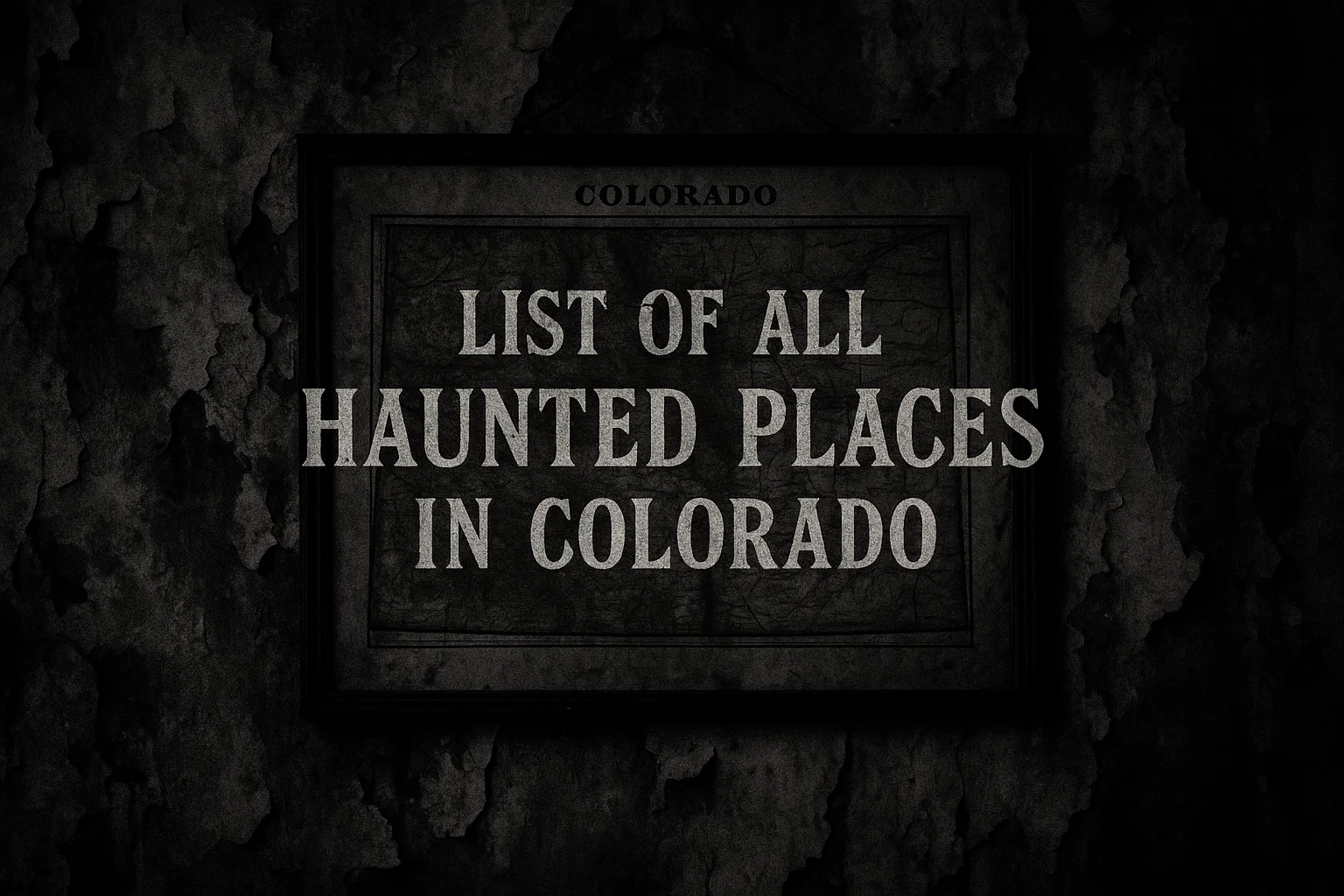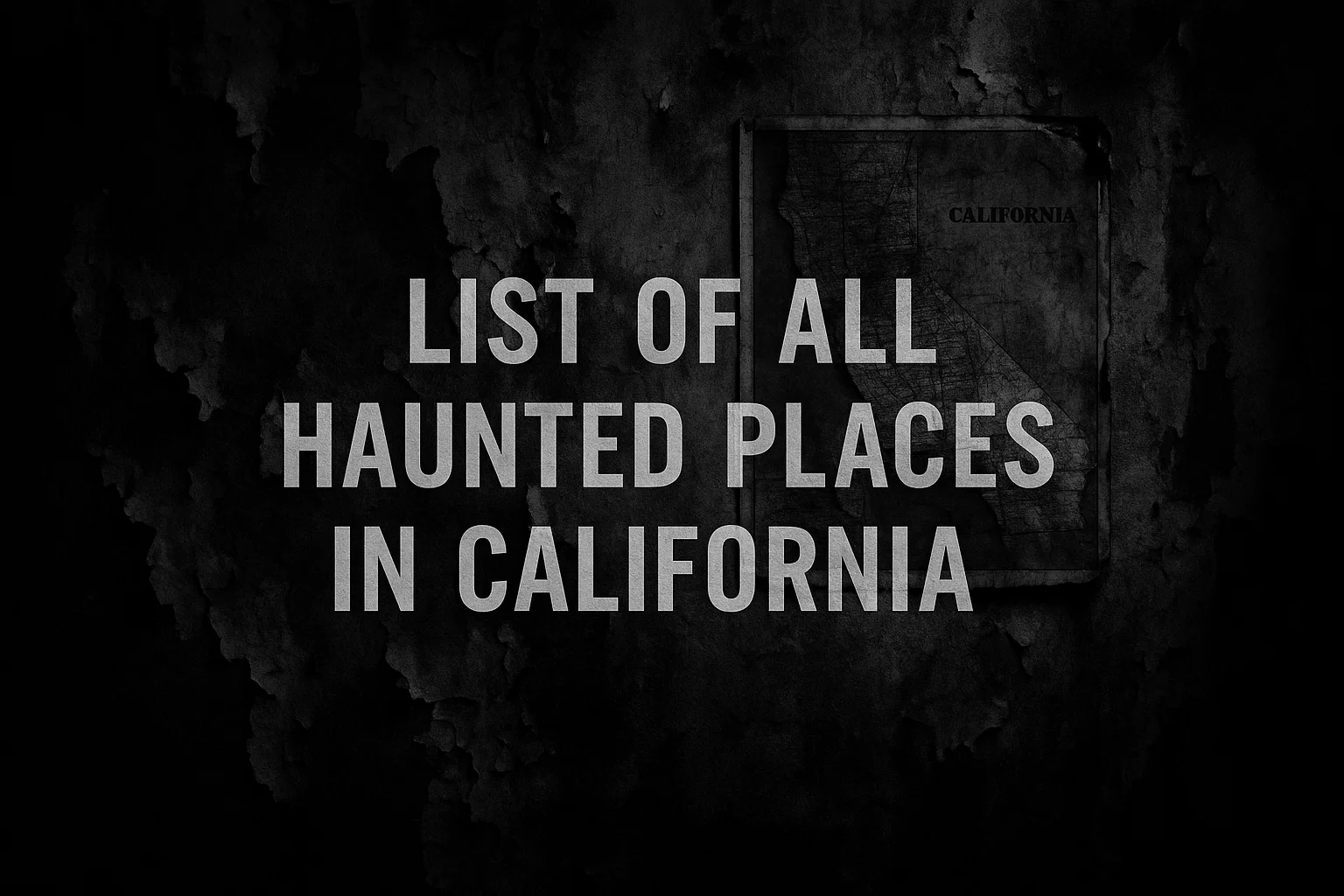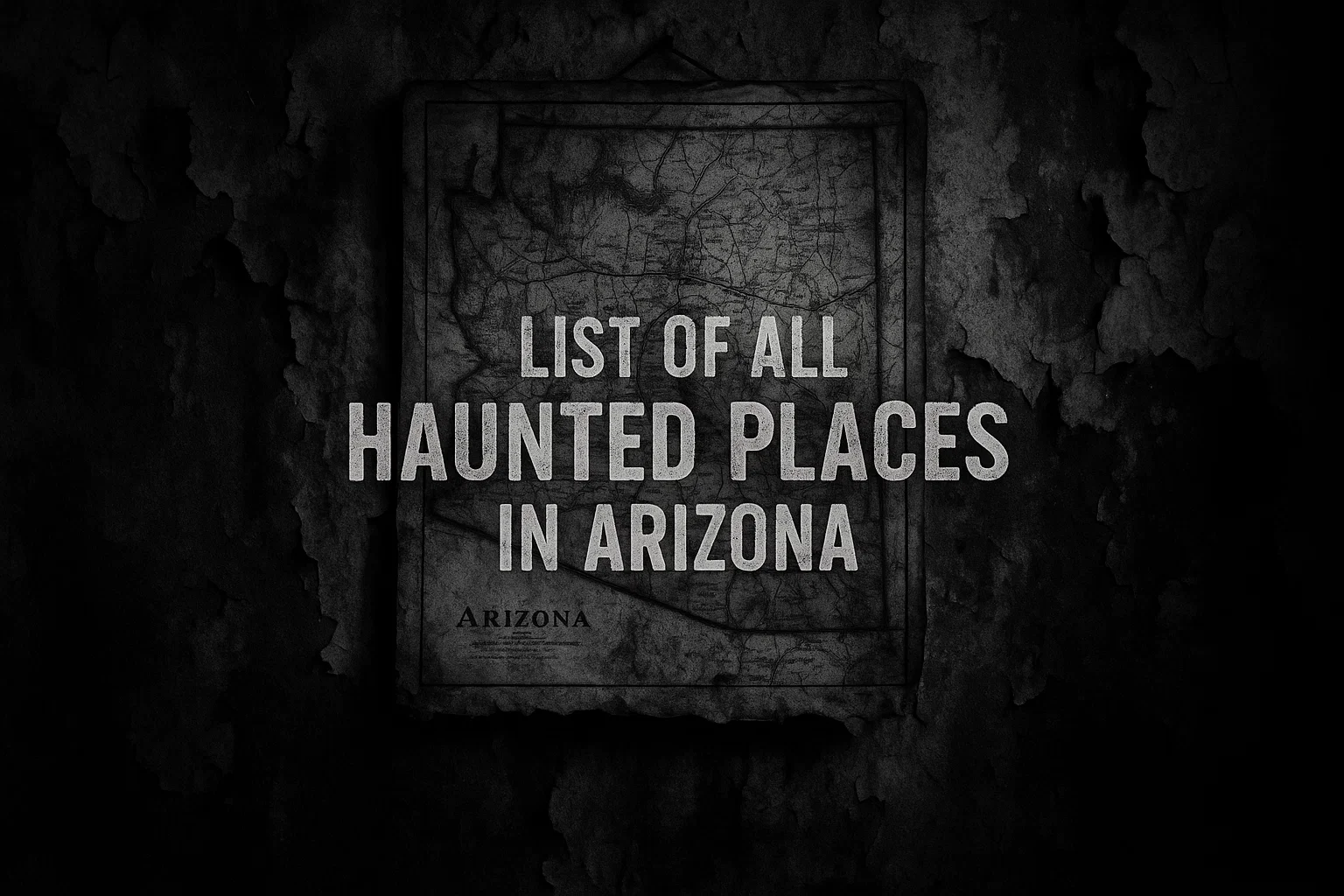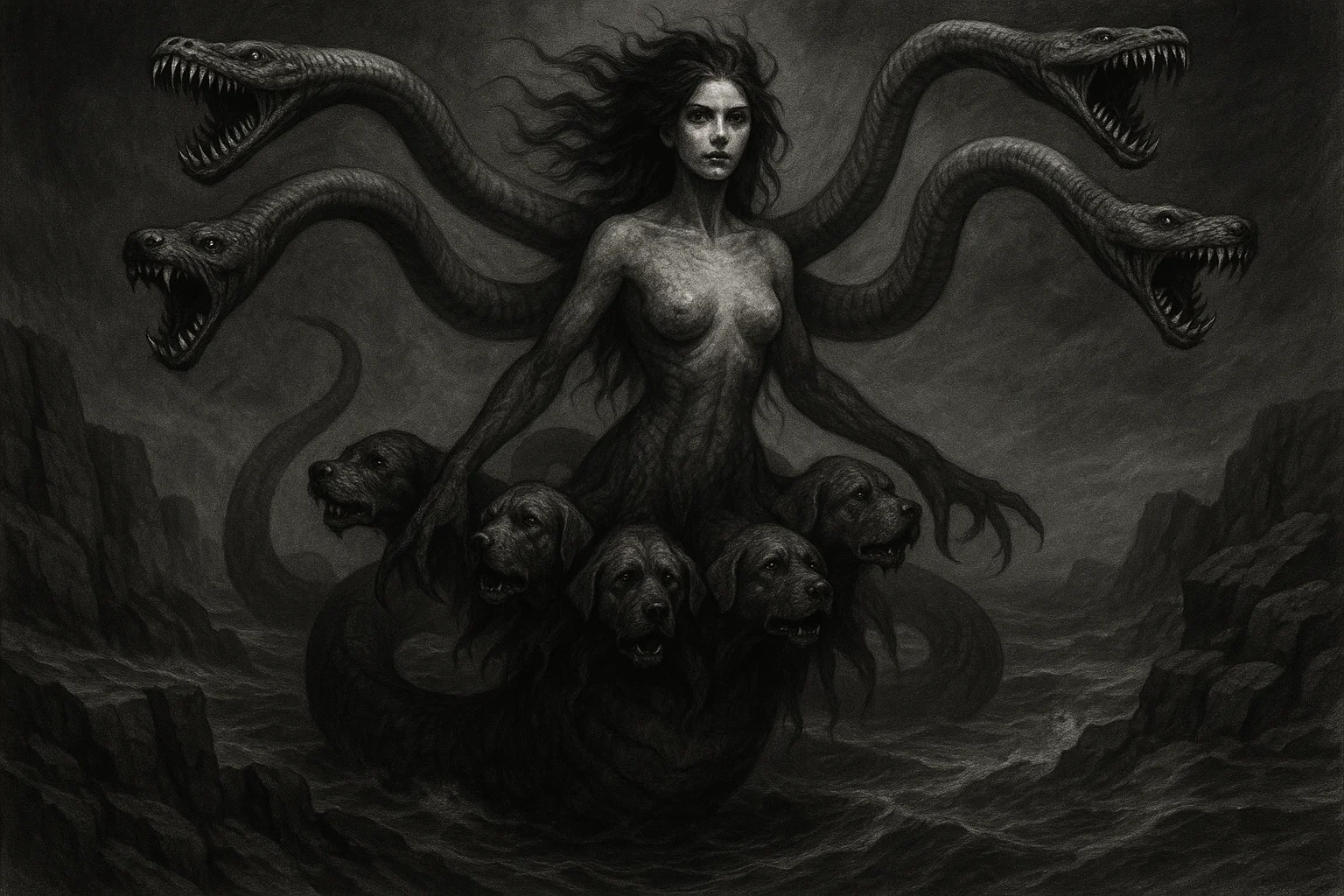In the murky undercurrents of ancient curses and infernal pacts, where the stench of drowned souls mingles with the rot of corrupted harvests, Dagon lurks as a primordial horror ready to ensnare the unwary.
Dagon, with his tentacles coiling through forgotten abysses and his whispers promising gluttonous feasts that devour the spirit, embodies the ultimate betrayal of nature’s facade—turning waves into weapons and grains into chains.
What secrets does this Dagon mythology hold about an entity that slithers from Mesopotamian shadows to biblical battlegrounds, tempting mortals with illusions of power only to drag them into eternal submersion?
Could his infernal hierarchy‘s role reveal why legions of aquatic fiends bow to his command, or how his sigil unlocks doors to abyssal nightmares that plague dreamers even today? How does the Dagon demon wield his tidal corruptions to flood empires with false prosperity, corrupting kings and commoners alike?
Summary
Key Information
| Attribute | Details |
|---|---|
| Name | Dagon, Dagan, Dagān, Dāgūn, Dagwn, Father Dagon, Great Fish, Prince of Depths, Shadowsea Lord, Abyssal Harvester, Leviathan’s Kin, Obyrith Ancient |
| Title | Duke of Hell, Prince of the Abyss, Lord of Deformity, Master of Sea Monsters, Grand Pantler of Infernal Feasts, Corrupter of Harvests, Tempter of Gluttony, Ruler of Shadowsea, Father of Hybrids, Devourer of Larvae |
| Gender | Male |
| Role | Overseer of aquatic corruptions and gluttonous temptations; commander of abyssal legions; instigator of floods and famines; breeder of monstrous hybrids; patron of submerged cults and infernal banquets |
| Hierarchy | Duke in Goetic classifications (commanding 29–40 legions); Obyrith Demon Lord in abyssal lore (ruling Layer 89); Sub-Prince under Lucifer in some grimoires; mid-to-high infernal nobility with authority over sea-related sins |
| Servitors | Wastriliths, skum, sahuagin, krakens, aboleths, piranha swarms, eel demons, crustacean horrors, drowned undead, hybrid spawn, lesser obyriths, aquatic imps, larval devourers |
| Superior Demon | Lucifer (supreme emperor); Belial or Asmodeus (co-princes); Demogorgon (abyssal rival, though not direct superior); Leviathan (occasional overlord in oceanic domains) |
| Powers | Tidal wave summoning, molecular dissolution, necromantic revival of drowned, hybrid genesis, illusory abundances leading to gluttony, shapeshifting into sea horrors, deformity inducement, prophecy through abyssal whispers, storm generation, soul-harvesting via floods |
| Appearance | Monstrous half-man half-fish with scaly tail, webbed fins, and tentacled arms; bearded duke in tattered robes riding a dragon-winged leviathan; 35-foot eel-bodied abomination with bioluminescent gills, needle-toothed suckers, and obsidian eyes; crowned horror with trident and chalice |
| Etymology | Rooted in Semitic dagan (“grain”) symbolizing corrupted plenty; pre-Semitic origins linked to cloudy weather and floods; medieval misinterpretation from Hebrew dag (“fish”) enhancing aquatic demonic imagery |
| Associated Figures | Baal/Hadad (corrupted offspring); El/Cronus (rival or brother in twisted pantheons); Philistine overlords; Solomon (binder of spirits); Deep Ones (hybrid progeny in modern lore); Demogorgon (eternal foe); Leviathan (ally in sea dominions) |
| Weaknesses | Holy artifacts like the Ark; angelic blades of Michael; iron runes against water; broken pacts rebounding curses; celestial grace disrupting hybrids; fasting against gluttony temptations |
| Opposing Angel/Saint | Archangel Michael (judger of sea demons); St. Bartholomew (foe of sloth and excess); Raphael (healer of corruptions); Gabriel (messenger against prophecies) |
| Equipment/Tools | Trident of drowned souls, grain scepter for curses, infernal chalice for feasts, sigil nets for ensnaring, abyssal crown of tentacles, venomous barbs, larval goblet |
| Pantheon | Canaanite (twisted fertility); Mesopotamian (equated to Enlil as corrupter); Infernal (Goetia and Abyssal); Lovecraftian (Cthulhu mythos horrors) |
Etymology
The name Dagon slithers from ancient Northwest Semitic tongues, primarily rooted in dagan, which evokes “grain” or “cereal”—a deceptive veil for his role in twisting bountiful yields into instruments of spiritual famine and gluttonous downfall.
This etymological tie, evident in early Mari inscriptions from 2500 BCE, positions him as a harvester of souls through illusory plenty, where offerings of emmer wheat in zukru festivals at Emar masked pacts that bound participants to infernal servitude.
Scholars like Lluís Feliu trace it further to pre-Semitic substrates in Syria, suggesting origins in misty highlands where dgn implied “to be overcast,” hinting at his storm-bringing fury that floods lands, drowning the righteous while sparing the oath-sworn damned.
Expanding on this, Alfonso Archi links Dagon‘s nomenclature to deities like Aštabi and Kubaba, implying a primordial cluster of entities tied to chaotic weather and deceptive fertility, where his name became a curse-word among Hurrian scribes for invoking ruinous rains.
In Mesopotamian contexts, equations with Enlil amplified this, as dagan merged with Sumerian roots for “abundance,” but in demonic reinterpretations, it signified excess leading to corruption—grain silos overflowing with maggot-ridden spoils as punishment for greed.
Medieval scholars, misled by Hebrew dag (“fish”), forged a piscine identity around 400 CE, with Jerome’s glossaries cementing this, allowing Dagon to evolve into a symbol of hybrid abominations, his name whispered in coastal hexes to summon scaly horrors from depths.
Further layers reveal Phoenician variants like Dagwn, where the name connoted “father of gods” in twisted hierarchies, per Philo of Byblos’s fragments from 100 CE, blending Cronus-like paternity with abyssal devouring.
In Ugaritic sparse mentions, “Dagan of Tuttul” underscores geographic roots along the Euphrates, circa 1400 BCE, where his appellation invoked royal illegitimacy curses rather than blessings.
This multifaceted etymology—grain, cloud, fish—crafts Dagon as a linguistic trap, luring linguists and occultists into deeper studies that risk soul-binding revelations, his name a glyph of eternal temptation across millennia.
You May Also Like: Who Is Azazel, the Demon Who Corrupted Humanity?
What Does the Demon Dagon Look Like?
The demon Dagon materializes as a nightmarish amalgamation of terrestrial tyranny and oceanic obscenity, his form a deliberate mockery of creation’s boundaries.
Towering at 35 feet in full abyssal glory, his upper torso mimics a bearded tyrant, clad in ragged robes sewn from drowned sailors’ skins, his face a gaping maw fringed with gill-slits exhaling the putrid vapor of submerged graves. Obsidian eyes gleam with predatory cunning, crowned by twisted barley horns that drip ichor, symbolizing his corrupted harvest dominion.
Below, his body elongates into an eel’s serpentine coil, armored in iridescent scales that shift like oil slicks, ending in a barbed tail venomous enough to dissolve flesh on contact. Four tentacles erupt from his shoulders, each suckered with rows of fang-like barbs, capable of constricting ships or flaying victims alive, while bioluminescent fins pulse with hypnotic rhythms to mesmerize prey.
In Goetic summons, he appears as a regal duke astride a winged leviathan, trident in one appendage, chalice brimming with larval essence in another—a vision that haunts evocators with promises of power, only to reveal his true horror in unguarded moments.
This hybrid physique underscores Dagon‘s essence as a corrupter, his fish-man guise tempting with evolutionary perversions, birthing abominations that infest seas and souls alike. Occult depictions vary, but consistent traits—tentacles, scales, gills—evoke primal dread, a form engineered for submersion in sin’s depths.
Historical and Mythological Background
The Primordial Corrupter
Dagon‘s insidious roots burrow into Mesopotamian soil around 2500 BCE, emerging in Mari as a patriarchal horror dubbed “father of gods,” equated with Enlil to legitimize tyrannical kings through cursed oaths.
At Terqa, his temple served as an oracle of doom, where Amorite rulers like those of the Lim dynasty sought visions of conquest, only to be ensnared by his whispers of false victories leading to downfall. Inscriptions from Ebla, circa 2400 BCE, credit him with granting Sargon of Akkad dominion over western lands, but this “prosperity” masked floods that ravaged Yarmuti, drowning dissenters in his name.
This era positions Dagon as a weather-manipulator, his cloudy etymology unleashing storms that corrupted fertile valleys into wastelands, a role amplified in the Anzu myth where he aids Ninurta against chaos beasts, yet twists alliances into betrayals.
Connections to Kumarbi in Hurrian lore, around 1500 BCE, cast him as a dethroner of heavens, fathering storm gods like Hadad to spread discord. Globally, parallels emerge with Egyptian Seth (chaos storms), Norse Jörmungandr (sea serpent encircler), or Aztec Chalchiuhtlicue (flood bringer), suggesting a universal archetype of watery ruin infiltrating pantheons through migratory curses.
Father of Storms and Betrayals
In Ugaritic fragments from Ras Shamra, circa 1400 BCE, Dagon lurks as Baal’s sire, a distant overlord in the Marriage of Nikkal and Yarikh, where his Tuttul epithet marks him as an interloper sowing familial strife.
Rituals at Emar involved erēb Dagon combats, symbolic battles where priests enacted his triumph over order, but in reality, these rites bound participants to abyssal pacts, birthing hybrids from shadowed unions. His limited coastal presence hints at infiltration from inland, corrupting Baal’s storms into tools of vengeance against El.
Links to other deities abound: as Enlil’s demonic double, he mirrors Babylonian Marduk’s rivalries, while Hurrian equations with Kumarbi tie him to Hittite Tarhunna, a thunderer whose myths involve castration and overthrow—motifs Dagon perverts into deformity inducements. Worldwide echoes include Greek Poseidon (sea tyranny), Hindu Varuna (oceanic judge turned punisher), or Mayan Chaac (rain bringer of floods), illustrating how Dagon‘s essence seeped into global mythologies as a corrupter of elemental forces.
You May Also Like: Egyn: The Terrifying Demon King of the North
Temples of Terror and Toppling
By 1200 BCE, Dagon infested Philistine coasts, his Gaza and Ashdod shrines hubs of oracle-driven oppression, where bull-leaping rites blended Aegean brutality with Semitic hexes.
Biblical accounts in Judges 16 detail Samson’s capture, with lords crediting Dagon for the victory, feasting in his temple until the blinded hero’s prayer toppled pillars, burying thousands—a divine rebuke, yet Dagon‘s influence lingered in the rubble as curses on survivors. In 1 Chronicles 10, Saul’s severed head adorned a Beth-shan temple, a grisly trophy symbolizing Dagon‘s scorn for Israelite sovereignty, his presence fueling wars that decimated tribes.
Maccabean purges in 147 BCE razed Ashdod’s shrine, as per 1 Maccabees 10–11, but Dagon‘s essence escaped, infiltrating later cults. Connections to Phoenician Cronus (per Philo, 100 CE) portray him as a brother-rival, devouring divine kin, akin to Roman Saturn or Celtic Cernunnos (horned deceiver).
Broader ties include Persian Ahriman (evil twin of good), Chinese Gonggong (flood causer), or African Nyami Nyami (river serpent)—archetypes where Dagon embodies deceptive patronage turning to tyranny.
The Fall of Idols and Plagues of Wrath
The Hebrew Bible’s core narrative in 1 Samuel 5 unfolds in Ashdod, 11th century BCE, where Philistines place the captured Ark in Dagon‘s temple. Overnight, his idol prostrates, head and palms severed by dawn, trunk alone remaining amid plagues of tumors and rats—divine humiliation exposing his frailty.
Priests’ attempts to restore it fail, the event rippling to Gath and Ekron, afflicting thousands until the Ark’s return with guilt offerings of golden tumors and rats, symbolizing Dagon‘s defeated corruption.
This legend, set against Philistine incursions, demonizes Dagon as oppression’s patron, his temples veils for soul-trading. Parallels with other demons: like Baalzebub (Philistine fly lord), or Asmodeus (marriage destroyer).
Global connections: Egyptian Apophis (chaos serpent defeated daily), Sumerian Tiamat (primordial sea vanquished), or Inca Supay (underworld ruler humbled)—tales where Dagon-like entities face cosmic judgment yet persist in shadows.
From Obyrith to Demon Lord
In medieval demonology, Dagon descends to abyssal prince of Layer 89, the Shadowsea, an obyrith ancient who devoured larvae for sentience, infusing sin to become a deformity lord. Conflicts with Demogorgon over shards forge eternal enmity, his realm a drowning expanse dotted with ruins where he breeds skum and sahuagin.
Grimoires like Pseudomonarchia Daemonum (1577) list him as duke commanding sea legions, tempting with gluttony.
Pop culture amplifies: Lovecraft’s 1917 “Dagon” casts him as Father Dagon, Hydra’s consort leading Deep Ones in Innsmouth horrors, hybrid cults echoing Philistine rites but twisted to cosmic madness.
In D&D lore, his obyrith status links to primordial chaos, adversaries like Pazuzu, allies with watery fiends. Worldwide analogs: Japanese Ryujin (dragon king of seas, corrupter), Polynesian Tangaroa (sea god turned monster)—reinforcing Dagon as eternal aquatic terror.
You May Also Like: Who Is the Demon Gremory in Ars Goetia?
Historical Mentions
| Text/Grimoire | Year | Description | Excerpt |
|---|---|---|---|
| Hebrew Bible (1 Samuel 5:2–7) | c. 600 BCE | Idol in Ashdod topples before Ark, severed head and hands; plagues of tumors and rats afflict Philistines as retribution. | “And when they arose early on the morrow morning, behold, Dagon was fallen upon his face to the ground before the ark of the Lord; and the head of Dagon and both the palms of his hands were cut off upon the threshold; only the stump of Dagon was left to him.” |
| Hebrew Bible (Judges 16:23–30) | c. 600 BCE | Philistine lords feast in Gaza temple crediting Dagon for Samson’s capture; Samson topples pillars, killing all. | “Then the lords of the Philistines gathered them together for to offer a great sacrifice unto Dagon their god, and to rejoice: for they said, Our god hath delivered our enemy into our hand.” |
| Testament of Solomon | c. 100–400 CE | Dagon bound as spirit for temple labors, associated with harvest curses under Solomon’s command. | “And I Solomon glorified the Lord, and bade another demon come before me. And there was brought to me a spirit… ‘I am called Dagon, and I trouble men with my wiles.'” |
| Dictionnaire Infernal | 1818 | Grand pantler of Hell, orchestrating gluttonous banquets; fish-tailed form linked to sea corruptions. | “Dagon, démon qui préside aux festins infernaux, est représenté avec la tête et les mains d’un homme, mais la queue d’un poisson.” |
| Pseudomonarchia Daemonum | 1577 | Duke among hell’s nobility, commanding aquatic legions for temptations. | “Dagon is a great duke, and cometh forth in the likeness of a crocodile with wings, but with a man’s face.” |
| Book of Abramelin | c. 1458 | Sub-prince under Lucifer and others, overseeing watery servitors and corruptions. | “The sub-princes include Dagon, who commands the depths and brings forth legions from the seas.” |
| Fiendish Codex I: Hordes of the Abyss | 2006 | Obyrith lord of Shadowsea, ancient devourer breeding deformities. | “Dagon, the Prince of the Darkened Depths, lairs in the 89th layer, a vast ocean of black water.” |
Dagon’s Powers and Abilities
Dagon‘s arsenal throbs with the malice of ancient seas and tainted earths, his infernal powers specializing in perversions of nature that lure mortals into gluttony and deformity.
Core to his essence is agrarian deception, where he enchants fields with hyper-yields that addict farmers, demanding soul-tributes lest crops wither into blights— a tactic seen in Mesopotamian curses where kings like Naram-Sin faced famines after breaking oaths. Unlike generic demonic possessions, this power corrupts through sensory overload, feasts turning to cannibalistic urges.
His tidal corruptions summon brine waves infused with hallucinogens, drowning villages while depositing cursed treasures that bind finders to abyssal service, as in Philistine legends where coastal raids masked his floods.
In pop culture, Lovecraft’s Deep One genesis expands this to hybrid breeding, forcing monstrous offspring on humans, populating cults with fish-human abominations that spread insanity. D&D lore adds deformity inducement, twisting bodies into sea horrors, a unique trait among demon lords for evolutionary terror.
Necromantic prowess revives drowned as piranha-thralls, replaying sins to erode wills, while molecular dissolution vaporizes foes with a touch, reserved for angelic threats.
Newer abilities from media like Supernatural include effortless angel-slaying, raw power overwhelming celestial wards, or in Pathfinder, granting spells for underwater dominion, tempting worshippers with aquatic supremacy. These demonic abilities tempt by promising control—over seas, harvests, even life—yet deliver only submergence in sin, his whispers in dreams fostering cults that corrupt societies from within.
Storm generation calls hurricanes laced with prophecies, foretelling dooms that self-fulfill through paranoia, while shapeshifting into leviathans crushes navies.
In grimoires, his gluttony feasts induce eternal hunger, souls feasting on larvae in Shadowsea. Pop culture evolves this: in video games like Doom, analogous sea demons wield plasma-like dissolution; in films, Lovecraft adaptations show tentacle summons ensnaring minds. Dagon‘s uniqueness lies in blending elemental chaos with biological horror, corrupting not just souls but lineages, ensuring his legacy festers across generations.
| Power/Ability | Description | Source | How It Tempts/Corrupts Humans |
|---|---|---|---|
| Agrarian Deception | Enchants lands for false abundance turning to blight. | Mesopotamian inscriptions | Lures with endless food, fostering greed and soul-pacts. |
| Tidal Corruptions | Floods with illusory riches binding survivors. | Biblical plagues | Promises wealth to seafarers, leading to drownings and oaths. |
| Hybrid Breeding | Forces monstrous progeny from human unions. | Lovecraft mythos | Offers heirs to the barren, birthing cultist hordes. |
| Deformity Inducement | Twists forms into aquatic horrors. | D&D obyrith lore | Tempts with power, deforming into servile mutants. |
| Molecular Dissolution | Vaporizes with touch, unique to high demons. | Supernatural series | Instills fear, tempting abandonment of duties. |
| Necromantic Revival | Raises drowned undead swarms. | Pathfinder grimoires | Haunts with lost kin, corrupting grief to devotion. |
| Storm Generation | Summons prophetic hurricanes. | Ugaritic storm ties | Foretells gains, self-fulfilling dooms via paranoia. |
| Shapeshifting | Morphs into sea beasts for destruction. | Goetic descriptions | Allures with majestic forms, revealing horror. |
You May Also Like: Pope Lick Monster: Louisville’s Most Haunted Cryptid
How to Counter Dagon’s Powers
To thwart Dagon‘s insidious grasp requires vigilant fusion of faith, arcane wards, and elemental counters, each tailored to his watery and earthy perversions.
Against tidal corruptions, coastal exorcists deploy salt barriers infused with myrrh, disrupting his floods by evoking purity’s dryness, as ancient Philistine remnants suggest iron anchors etched in Hebrew psalms to ground his waves.
For agrarian deceptions, encircling fields with rune-inscribed plows severs illusions, iron’s unyielding nature repelling his grain curses, complemented by St. Bartholomew’s prayers against excess.
Hybrid breeding demands Raphael’s healing oils, anointing to abort abominations, while silver amulets of purity, worn under Pisces’ opposition, prevent conception.
Michael’s archangelic blade counters molecular dissolution, its celestial fire scattering his essence, as seen in lore where nephilim power overwhelms. Necromantic revivals yield to Psalm 91 chants with holy water, elevating souls to light; storm generations wane under fasting vigils at dawn, starving his gluttonous links.
Shapeshifting illusions shatter via Gabriel’s true sight invocations, revealing his true form for banishment. Broken pacts rebound via bloodless vows to higher powers, his curses turning inward as barren abysses. Overall, counters affirm restraint over excess, transforming Dagon‘s temptations into redemption’s ebb, his depths navigable through disciplined resolve.
Dagon’s Role in the Hierarchy of Hell
In the rigid strata of infernal hierarchy, Dagon claims a formidable mid-to-high nobility as a Duke in Goetic tomes, commanding 29–40 legions of aquatic fiends, his role as grand pantler orchestrating gluttonous banquets that tempt souls with eternal feasts of larvae.
Ruling the Abyss’s 89th layer, the Shadowsea—a vast black ocean dotted with sunken ruins and teeming with horrors—he presides over deformity and sea monster domains, his obyrith antiquity granting autonomy from lesser princes.
Subordinates include wastriliths (watery tyrants enforcing his edicts), skum (hybrid thralls breeding legions), sahuagin (shark-men raiders), and aboleths (ancient schemers sharing prophecies), their armies numbering in millions, swarming to drown planar intruders.
Superior demons loom: Lucifer as emperor demands fealty for gluttony schemes; Belial (king of iniquity) and Asmodeus (vengeance lord) outrank in Baator’s courts, deploying Dagon for oceanic incursions.
Allied with Leviathan (envy prince) for joint tidal assaults, and occasionally Astaroth (sloth duke) for intellectual corruptions, he bolsters watery sin networks. Adversaries abound: Demogorgon (chaotic rival) clashes over abyssal shards, their battles flooding layers; Pazuzu (air demon) contests storm dominions; Orcus (undeath lord) vies for drowned souls.
In Abramelin classifications, as sub-prince under four crowns, Dagon mediates sea-related pacts, his relationships fractious—betraying allies like Focalor (drowning marquis) for gains, while peers like Vepar (mermaid temptress) form tenuous cabals. His ambition simmers, plotting usurpations of Belial’s realms with piranha hordes, positioning Dagon as a scheming tide in hell’s ceaseless wars.
Astrological Associations and Symbolism
Dagon‘s celestial web entangles watery and earthy zodiacs, his astrological associations amplifying corruptions under Pisces’ mutable illusions, where Neptune’s deceptive mists veil his tidal lures, tempting with dream-abundances that dissolve into madness.
Saturn’s reaping scythe symbolizes his harvest curses, enforcing cycles of gluttony and famine, while Venusian Fridays twist affection into lustful pacts birthing hybrids. Colors of abyssal indigo and tarnished gold evoke submerged treasures and rotted grains, with number 89 marking his layer’s cataclysms, and 29 his legion swarms.
Elements dominate: primary Water for drowning dominions, secondary Earth for blighted soils, blending into muddied floods that erode souls. Metals like mercury (shapeshifting fluidity) and lead (Saturnian weight of sin) conduct his rites, while crystals—aquamarine for oceanic hallucinations, onyx for shadowy prophecies, emerald for false verdancy—channel visions.
Planets align: Neptune for dissolution, Saturn for inexorable decay, with zodiac ties to Cancer (emotional submergence) and Scorpio (venomous depths).
Symbolism extends: trident waves for oath-binding, barley sheaves for gluttony hooks, fish-tails for hybrid secrets. In occult practice, invoking under waning moons heightens temptations, but solar oppositions favor wards, his motifs cautioning against elemental excesses in demonology symbolism.
| Association | Details | Symbolism |
|---|---|---|
| Element | Water (drownings), Earth (blights) | Corrupting floods; tainted soils. |
| Zodiac | Pisces (illusions), Cancer (emotions), Scorpio (venom) | Mutable deceits; submerging feelings; stinging betrayals. |
| Planet | Neptune (deceptions), Saturn (reapings), Venus (lusts) | Misty temptations; inevitable dooms; twisted affections. |
| Day | Friday (Venusian pacts) | Lures love to gluttonous bonds. |
| Number | 89 (Abyss layer), 29 (legions), 4 (tentacles) | Cataclysmic depths; swarming hordes; grasping horrors. |
| Metal | Mercury (fluidity), Lead (weight), Copper (conductivity) | Shapeshifting; sin’s burden; ritual amplifiers. |
| Stone/Crystal | Aquamarine (visions), Onyx (shadows), Emerald (lures), Obsidian (eyes) | Hallucinations; prophecies; false plenty; predatory gazes. |
| Color | Indigo (abyssal), Gold (rotted), Black (depths) | Submerged illusions; corrupted wealth; eternal voids. |
You May Also Like: The Village of Starving Souls | Horror Story
Dagon’s Sigil
The sigil of Dagon coils as a treacherous emblem of waves piercing sheaves, inked in indigo on brine-soaked hides to evoke his presence, its trident-barley fusion binding pacts with abyssal tenacity.
In Goetic rituals, tracing with mercury rods under Neptune’s transit summons his duke form, the glyph’s fluidity warding off interlopers while amplifying temptations. Misuse floods circles with illusions, drowning the imprudent in gluttonous phantasms.
Paired with larval chalices, it ensures legion obedience, a symbol of submerged covenants in occult demonology.
| Symbol/Item | Association/Meaning | Use in Rituals |
|---|---|---|
| Eel or Cod | Drowned guides; hybrid births. | Evocation: Sacrifice for tides; banishment: Amulets repel. |
| Barley Stalk | Gluttony hooks; cursed harvests. | Curses: Burn for blights; protection: Scatter to break. |
| Myrrh Incense | Wards against excess; shadow dispels. | Exorcism: Fumigate for clarity; summoning: Blend with salt. |
| Trident | Tidal commands; soul spears. | Binding: Engrave for contracts; defense: Disrupt minions. |
| Aquamarine | Sea hallucinations; Neptune’s gaze. | Divination: Scry for dooms; counter: Shatter illusions. |
| Onyx | Abyssal prophecies; dark anchors. | Prophecy: Hold for whispers; ward: Block visions. |
| Lead Weight | Sin’s burden; Saturnian chains. | Temptation: Offer for pacts; rebound: Use in curses. |
| Salt Crystal | Preservation vs. dissolution. | Protection: Barriers halt; lure: Sprinkled offerings. |
You May Also Like: Sleipnir: The Terrifying Eight-Legged Horse of Norse Mythology
Comparison with Other Demons
| Demon | Rank/Role/Powers | Similarities to Dagon | Key Differences |
|---|---|---|---|
| Leviathan | Prince of Envy; oceanic chaos, storm summoning. | Watery dominions; flood temptations; sea monster allies. | Focuses on jealousy vs. Dagon’s gluttony; chaotic envy vs. ordered corruptions. |
| Demogorgon | Prince of Demons; dual-headed madness, larval devouring. | Abyssal rulership; hybrid breeding; ancient rivalries. | Chaotic duality vs. Dagon’s singular deformity; broad chaos vs. aquatic focus. |
| Astaroth | Duke of Sloth; invisibility, laziness inducement, sciences. | Mid-tier nobility; intellectual temptations; legion commands. | Mental decay vs. physical hybrids; air/earth sloth vs. water gluttony. |
| Belial | King of Iniquity; senatorial gifts, lawlessness. | Hellish politics; soul-binding honors; high rank. | Political intrigue vs. tidal horrors; fire-based vs. sea corruptions. |
| Asmodeus | King of Vengeance; wrath, lust, marriage destruction. | Superior hierarchy; pact enforcements; demonic nobility. | Emotional fury vs. elemental floods; desert vengeance vs. abyssal depths. |
| Beelzebub | Prince of Gluttony; possession, disease via flies. | Excess temptations; false god worship; plague affinities. | Aerial decay vs. watery blights; fly swarms vs. piranha hordes. |
| Mammon | Prince of Avarice; wealth illusions, greed pacts. | Corrupted abundances; soul-hoarding; infernal treasures. | Material greed vs. harvest gluttony; earth hoards vs. sea illusions. |
| Pazuzu | Demon Lord of Air; wind storms, deformity curses. | Deformity inducements; storm generations; ancient origins. | Aerial plagues vs. oceanic drownings; wind rivals vs. water commands. |
| Orcus | Prince of Undeath; necromancy, undead legions. | Drowned revivals; abyssal conflicts; soul manipulations. | Death focus vs. hybrid life; skeletal hordes vs. tentacled swarms. |
| Focalor | Marquis of Drownings; sea tempests, ship sinkings. | Aquatic destructions; wave summonings; mid-rank. | Pure drownings vs. corrupted fertilities; storm marquis vs. obyrith lord. |
Conclusion
The sprawling legend of Dagon unveils a demon whose tentacles stretch from ancient Euphrates curses to modern abyssal nightmares, a master of deceptions that cloak ruin in veils of plenty.
As demon Dagon corrupts through floods and feasts, his infernal powers and hellish hierarchy role cement him as an eternal adversary, his whispers echoing in every gluttonous bite or treacherous wave.
This exploration peels back layers of Dagon mythology, revealing questions that linger: Can mortals truly evade his hybrid lures, or does his etymological snare bind all who seek forbidden depths?
Yet in confronting Dagon‘s essence, one grasps the peril of unchecked desires, his astrological ties and sigils serving as warnings against submersion in sin.

